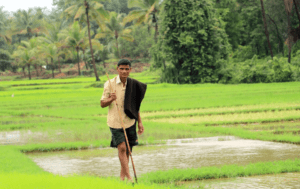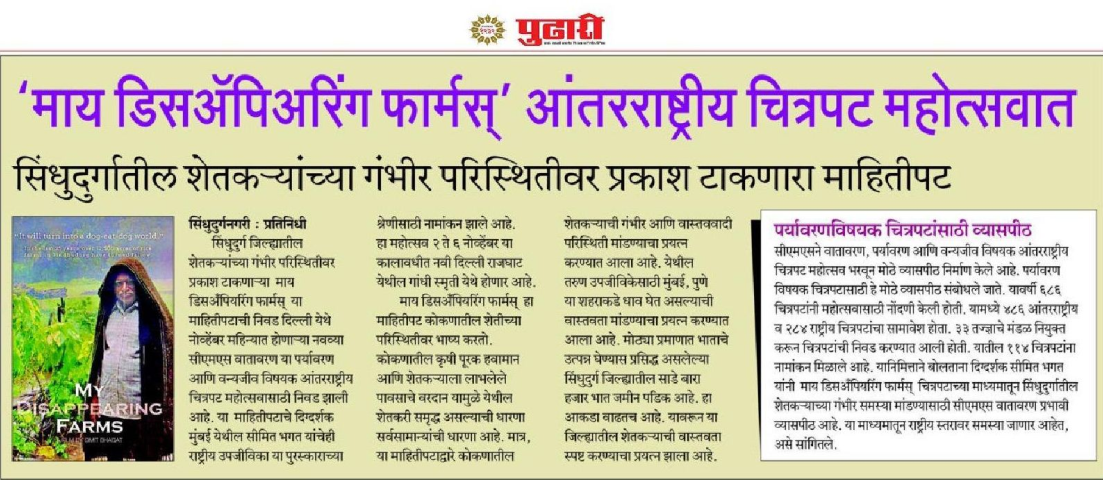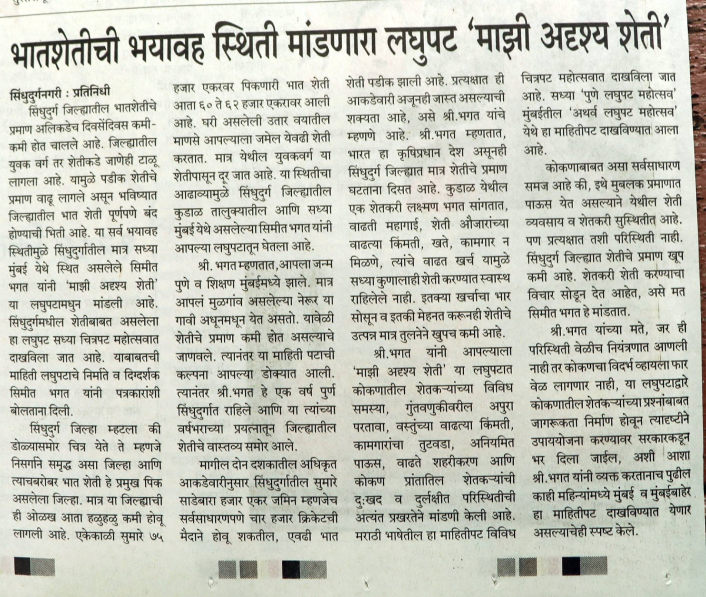Think of a tiny village dealing with a cholera outbreak. The people are scared and unsure, not really knowing how the disease moves or how to keep themselves safe. Now picture an animated video—a simple, colourful story about a little boy showing the village how cholera spreads and what they can do to stop it. With the cartoon, tricky ideas about germs and staying clean become simple, easy to understand, and connected to their lives. That’s the power of animation.
In today’s busy world, many nonprofits are using animated videos to explain difficult social problems. These videos help with topics like health problems, unfair treatment of women, people moving to new places, and protecting the environment. Animation is a smart, affordable, and strong way to spread important ideas. In this blog, we’ll look at why animation is so helpful for nonprofits and show some great examples of campaigns that used animation to make a difference.
Successful Examples of Animated Content in Nonprofit Campaigns
1. The Story of Cholera – Global Health Media Project
We’ll begin with “The Story of Cholera,” an animated video that teaches people about a health problem. After cholera spread in Haiti in 2010, Global Health Media Project made this video to show how cholera is spread between people and, most importantly, how to stop it.
The video tells the story of a small boy who joins forces with a health worker to save his father and teach the villagers about cholera prevention. Thanks to innovative animation, for the first time people could actually see the germs which cause cholera. This makes it easy for them to understand how the disease works. With over 135 million views in 53 languages, The Story of Cholera has had a massive impact, especially in cholera-affected areas like Haiti and West Africa. This animation has become an essential educational tool in health campaigns around the world.
2. A Beautiful Animation of A Harrowing Story – BBC News
Another strong example is from the BBC News. They used animation to tell the emotional story of Iyad Faroud Al Rousan, a Palestinian refugee. He escaped from war in Syria but then faced more danger on a boat trip to Europe. The animation, using dark, grey tones to match the sombre mood, shows the boat being attacked and capsizing, throwing passengers—including Iyad’s family—into the sea.
Through this animation, BBC News humanises the refugee crisis, showing the fear and pain of migration in a way that’s relatable and emotional. The minimalist style and poignant storytelling make this video a powerful conversation starter around the world.
3. Pigeon Studio – EveryAGE Counts Initiative
Ageism is a big issue. In Australia, the EveryAGE Counts campaign found a special way to address it—using animation. Pigeon Studio made a simple yet strong animated video that uses lines to show how everyone, regardless of age, is connected. It’s like a picture that reminds us we’re all part of the same community and should treat each other with kindness and respect.
What’s cool about the video is how its minimal design packs such a punch. It’s all about breaking down stereotypes and showing that older people deserve the same respect and inclusion as anyone else. The EveryAGE Counts campaign sparked some real conversations about ageism in Australia, pushing people to rethink how they view ageing and, hopefully, start changing their attitudes toward older generations.
4. Simit Bhagat Studios – A Powerful Animation of One Woman’s Courageous Battle Against Domestic Violence
Domestic violence is a very difficult subject, but SNEHA, a nonprofit in Mumbai, found a way to address it with the help of Simit Bhagat Studios. They created an audio story with animation to show the challenges faced by a woman named Shabana (a fake name), who endured many years of abuse from her husband and managed to survive. The animation, which is interwoven with Shabana’s voiceover, brings her painful story to life in a way that’s both sensitive and powerful.
What makes this project stand out is how it blends animation with audio storytelling. The hand-drawn illustrations give Shabana’s experience a personal touch, while protecting her identity. The animation doesn’t just show the violence; it also portrays her courage and the support she received. This video has a strong emotional impact, which makes it a very important way to help people understand the issue of domestic violence.
5. Autism Speaks – The World of Autism PSA
Autism Speaks made an animated video to help parents notice the early signs of autism in kids. The animation, mixing 3D and stop-motion techniques, tells the story of a boy who struggles with the sensory overload of the world around him. It’s a heartfelt, informative video encouraging early intervention for children showing signs of autism.
With over 768,000 views on YouTube, this animation has done an excellent job of raising awareness about autism and the importance of early diagnosis. The child’s perspective makes the experience of autism more relatable, while the creative storytelling keeps the video engaging and informative.
Conclusion
Animation is a powerful tool for nonprofits, simplifying complex social issues in a clear, emotional, and effective way. These videos educate communities on public health, domestic violence, and ageism, driving real change. Whether explaining a concept or inspiring action, animation delivers impactful messages. The examples in this blog show its strength—and the possibilities are limitless.
Inspired by the power of animation? We’d love to help bring your message to life. Let’s create something meaningful together!













